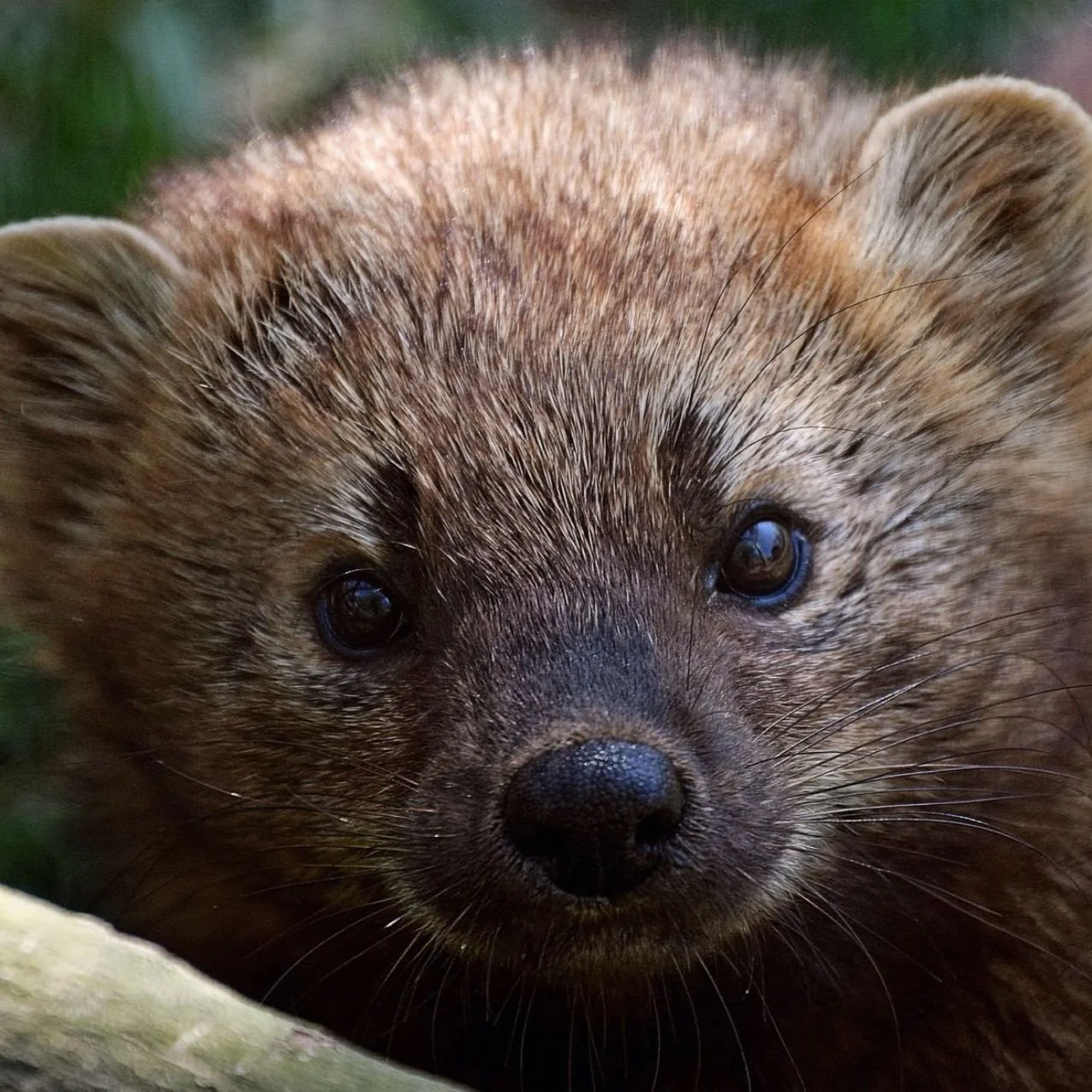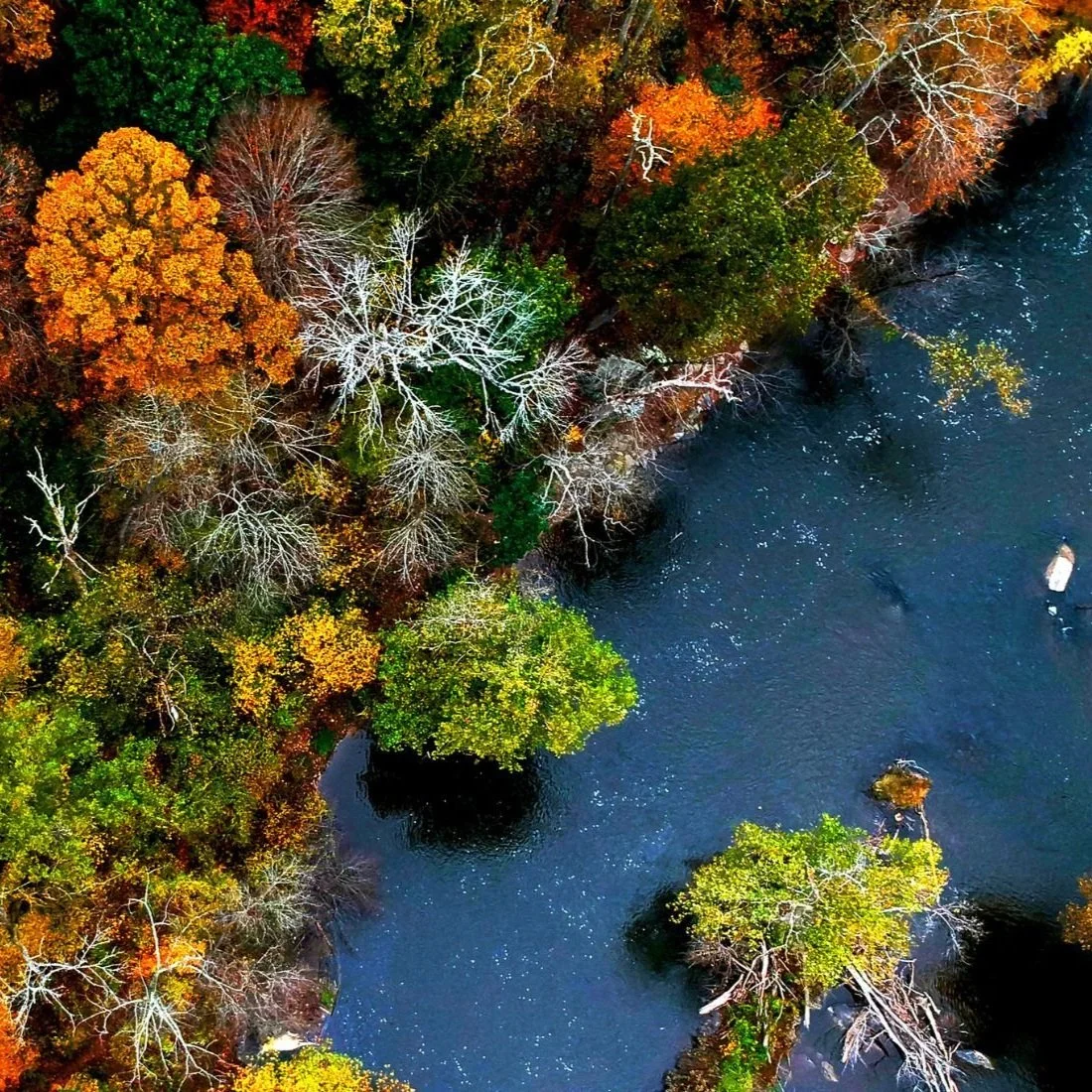What to do when you encounter local animals (and their babies!)
/We asked the experts about keeping ourselves and wildlife safe while exploring the Potomac River
Red fox kits are a common sight this time of year. Image courtesy of PAT Gaines/FLickr.
You may not be seeing many people lately, but with local park usage up 85%, you’re probably seeing loads of local wildlife around our streams, woodlands, and even in the city.
Spring means lots of Potomac River region animals are mating, having babies, or becoming active (and hungry!) after long hibernations. They may also be confused by changes in human behavior and traffic patterns due to the COVID-19 crisis.
All that adds up to more encounters between river lovers and local wildlife. Do you know what to do if you find a fawn, fox, snake, or injured bird in your path? We asked the experts at Second Chance Wildlife Center!
Here’s how we can keep ourselves and wild animals safe while sharing natural spaces.
Do not disturb! A doe intentionally left this fawn here until she can return from feeding. Photo Courtesy of SCWC.
#1: What should I do if I find a fawn on its own?
If you find a fawn alone curled up in the shape of a donut, leave it alone! When a fawn is born, it can’t keep up with the herd, so Mom puts it in an area she feels is safe and camouflaged. We can see them, but natural predators don’t unless the fawn moves as they do not give off a scent
Scaring the fawn or causing it to move could make it visible to predators and away from the scent trail the mother has created to relocate it. Human interference can also tragically disrupt the bond that fawns take 3 weeks to create with their mothers through grooming and cleaning.
⏰ When to act: If a fawn is standing next to a dead doe, or walking/running around bleating (screaming) then it needs help. Call your local animal control or wildlife rehabilitation center for advice. Do not attempt to put it in your car!
This would be hazardous when the fawn panics.
#2: How can I tell if rabbits or baby birds are orphaned?
Eastern Cottontails are totally independent at 4-5 weeks of age - no need to move or relocate them! Mom makes a nest in the ground digging a shallow bowl lined with her fur and dried vegetation. She visits the nest twice a day when she is least visible (at dawn and at dusk). She does not stay with them. Like deer, this mother also creates her own scent trail to them, and if the babies have been moved she will not look for them.
⏰ When to act: If you are concerned that a mother rabbit has abandoned the nest or that the nest has been destroyed, please call a licensed wildlife rehabilitator for advice before doing anything with the babies.
Young birds on the ground may look injured, but they’re probably just learning to fly! Birds fledge (develop wing feathers long enough for flight) at about 3-4 weeks of age. Most species learn to fly from the ground - they don’t leap off a branch like they do in cartoons!
If the baby bird is fully feathered, not covered in bugs, and hops away from you, leave it alone. This is a crucial time for baby birds to learn to fly. forage, and what predators to avoid. Their best defense is to hunker down as most natural predators detect movement, not color. The parents are still tending to them, bringing them food and may attack you if you get to close to their baby.
⏰ When to act: If you are concerned about the baby, you can put it in a bush nearby and have it perch on a limb. The baby and parents know each other’s call and will reconnect without any intervention from people. (It is a MYTH that bird parents will reject their offspring if touched by a human. If they were that bothered by our scent, they wouldn’t nest anywhere near us!)
Second Chance Wildlife Center Clinic Director, Kathleen Handley (L) holds a Copperhead Snake recovering from injuries caused by garden netting, while Clinic Tech Courtney Thomas injects medication and hydrating fluids into the patient. Photo Courtesy of SCWC.
A Black Rat Snake entangled in Garden Netting. Photo COurtesy of SCWC.
#3: What should I do if I see a snake?
Leave it alone! Snakes are reptiles (“cold blooded”) and may lay out on a paved road, walk or driveway to warm themselves.
What if it’s in my home? If one is in your house, it most likely followed the scent of a small rodent that has set up residence in your home. In that case, call your local animal control agency to remove the snake, then a humane service to take care of the rodents.
What if I think it’s injured? Snakes are often harmed by becoming stuck in a glue trap or entangled in garden netting. They can suffer deep cuts as they struggle to free themselves (only becoming more entangled in the process). Most often, these are Black Rat Snakes, but, occasionally, a variety of snake species are brought to 2nd Chance Wildlife, including Copperheads. If you see an entangled or injured snake, call your local animal control agency.
How do I know if it’s dangerous? Speaking of Copperheads, there are only two native venomous snake species found in the Potomac River region - the Timber Rattle Snake in higher elevations, and the Copperhead found in pockets throughout the state. (Northern cottonmouths can sometimes be spotted in the southeastern Virginia portion of our watershed.) See the photos below to help to learn to identify them.
Like all snakes, they are more afraid of you than you are of them, and they won’t hurt you unless cornered and/or threatened. Regardless, it is always best to just walk away. And, if hiking with a dog, keep them on a leash close to you and stay on trails.
VEnemous snake to watch out for #1: Timber Rattlesnake
Venemous Snake to Watch OUt For #2: Eastern Copperhead
#4: What does it mean if I see a nocturnal animal during the day?
Seeing a fox or raccoon during the day is not as unusual as people think. Females that need to care for young may be out at any time foraging for food or scouting a new, bigger den site for their growing brood.
Opossums are a little different. They do prefer to forage and hunt at night, but sometimes these animals are suddenly evicted by other animals or humans. A sudden disturbance or destruction of their home can certainly have them out during the day looking for shelter.
The best thing to do is to leave them alone. They know what to eat and where to find food, shelter, and water and don’t wander far from what they are used to. Do not put out any food for them. This will do more harm than good and may habituate them to come to humans for food.
⏰ When to act: If they appear sick, injured and/or try to approach you, then stay away from them
and call your local animal control agency.
Image Courtesy of USFWS.
#5: What is the biggest threat to wildlife this time of year (and how can I help)?
Baby season runs from late March to late October. This is a vulnerable time for all wildlife. Human interference is the biggest threat. The majority of animals we see are hit by cars, fly into windows, caught by pet cats and dogs, kidnapped or suffer from habitat loss.
You can help by just observing nature. Check your yard for baby birds, bunny nests, and turtles before you mow or weed whack. If you see a turtle trying to cross the road and it is safe to do so, pick it up with gloves or a towel and put it on the side of the road it was facing. (Don’t try this with a snapping turtle! Call a licensed wildlife rehabilitator for advice.)
If you have any questions, or come across any wildlife in need of help, please call for advice first! Second Chance Wildlife Center is open from 9am to 5pm, 365 days a year. You can reach us by phone at 301-926-WILD (9453) or email info@scwc.org. (Please call if urgent).
Help us protect healthy wildlife habitat
by becoming a monthly supporter!
Take action today and provide clean water and healthy habitats for local wildlife.
Your monthly tax-deductible donation will provide us with critical resources to protect riverside forests and healthy habitats along the Potomac River.
MEET THE EXPERT: Kathleen Handley
Kathleen Handley serves as the Clinic Director for Second Chance Wildlife Center. She is a Master Wildlife Rehabilitator, holding permits from the state of Maryland and the US Fish and Wildlife Service.
More about Second Chance Wildlife Center:
Founded in 1995, Second Chance Wildlife Center is a trusted and beloved 501c3 non-profit organization providing compassionate emergency care and rehabilitation to injured, ill, and orphaned wild animals 365 days a year; returning healthy animals back to the wild; and educating the public about how to help and live harmoniously with wildlife. Although Second Chance is licensed to operate under permits issued to its Clinic Director by the Maryland Department of Natural Resources and the U.S. Fish and Wildlife Service, it is an independent non-profit and relies on donations to exist.
Second Chance Wildlife Center is open from 9 am to 5 pm 365 days a year. You can reach them by phone at 301-926-WILD (9453) or email info@scwc.org. (Please call if urgent.)

























